Author: Richard Heseltine
Photography: Manufacturers / Darin Schnabel
Rover-BRM
Rover’s turbine-powered Le Mans weapon raced in 1963, although it wasn’t allowed to compete for position. It wasn’t a thing of beauty, either, but the 1965 version was. William Towns was responsible for the new look although the car’s nose was subsequently tweaked by an aerodynamicist. Graham Hill (who had also driven in 1963) and up-and-comer, Jackie Stewart shared the driving.
Did you know? Remarkably, this one-off racer was road tested by Motor magazine in 1965.
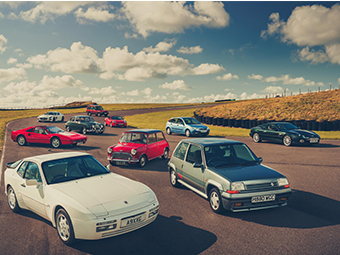

Aston Martin DBS
When the DB6 was announced in 1965, its replacement was already in-build. However, styling partner Carrozzeria Touring would soon founder and into the breach stepped Towns who was newly freelance. Given the go-ahead in the autumn of 1966, the prototype was up and running by July 1967, with the first of the DBS breed being earmarked for the firm’s enduring straight-six.
Did you know? Towns mapped out three body styles, but lack of finance stymied their release.
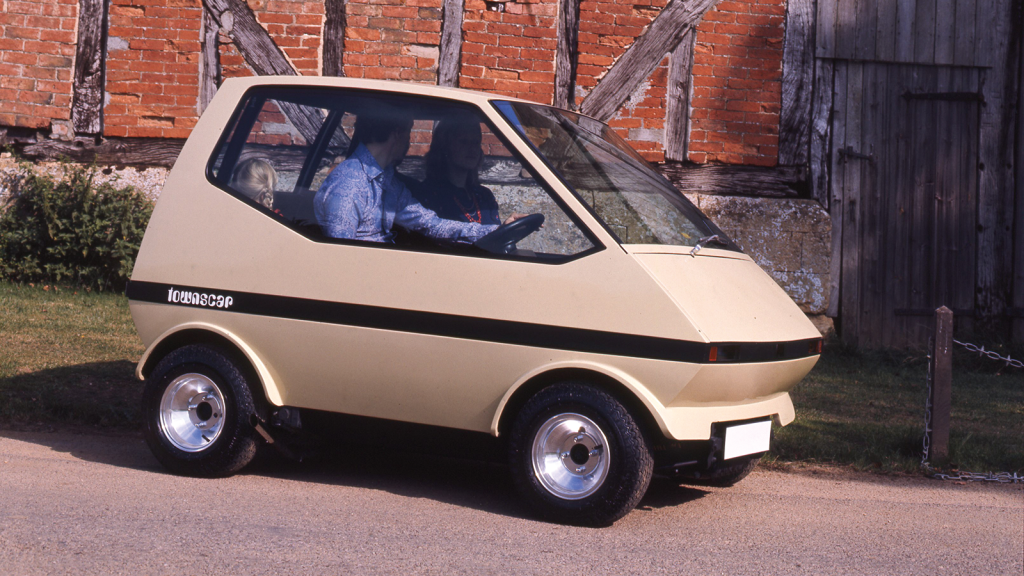
Minissima
This stubby, Mini-based machine was originally known as the Townscar. The prototype was adopted by British Leyland and displayed at the 1973 British International Motor Show. It was 750mm shorter than a regular Mini but still a four-seater (the rear occupants sat facing each other). Means of entry was via a single door at the rear.
Did you know? The Minissima remained unique but ultimately spawned the Elswick Envoy.

Guyson E12
It was literally and figuratively created by accident. Guyson International MD, Jim Thompson crashed his V12 Jaguar E-type one dark and stormy night in 1973. It was at this juncture that, rather than repairing the car to its original factory configuration, he commissioned Towns to transform it into something that bit more distinctive. The E12 broke cover a year later and caused a furore.
Did you know? The E12 did away with the donor car’s signature curves, the new glassfibre panel-work being largely grafted onto existing sheet metal.
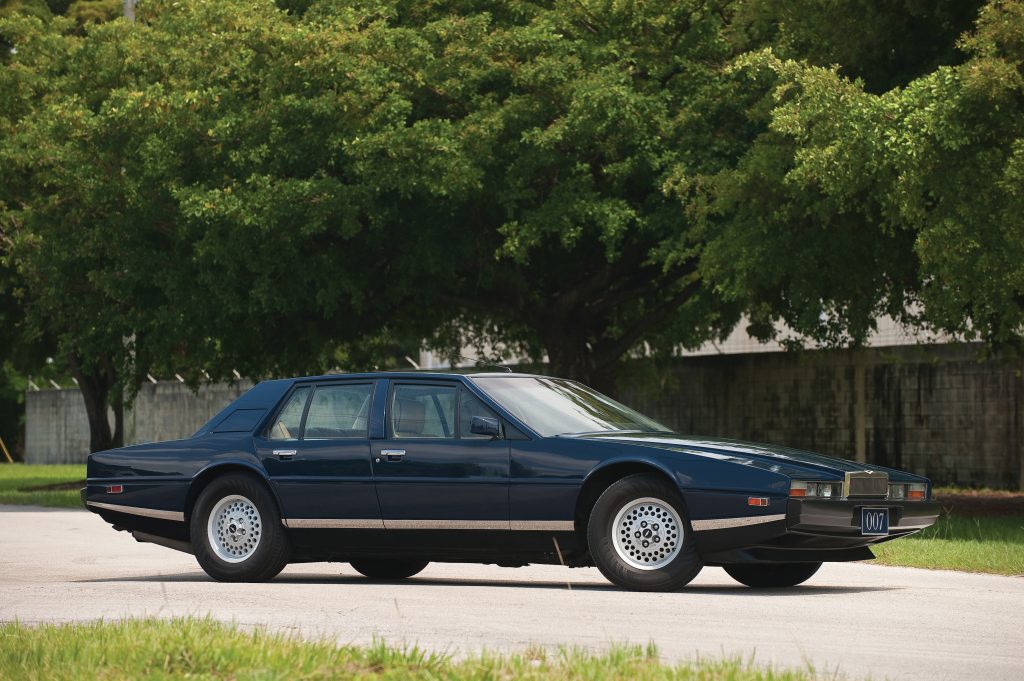
Aston Martin Lagonda
The mid-1970s saw Towns design a car that polarised opinion like few others: the ‘wedge’ Lagonda. The prototype was first seen at the British International Motor Show in October 1976, parent company Aston Martin having been in receivership a year earlier. 250 deposits were taken at £2000 a pop and this unquestionably helped save the company.
Did you know? The Lagonda wasn’t a masterpiece of packaging. Aston Martin subsidiary Tickford made as many as four ‘long-wheelbase’ versions in 1984.
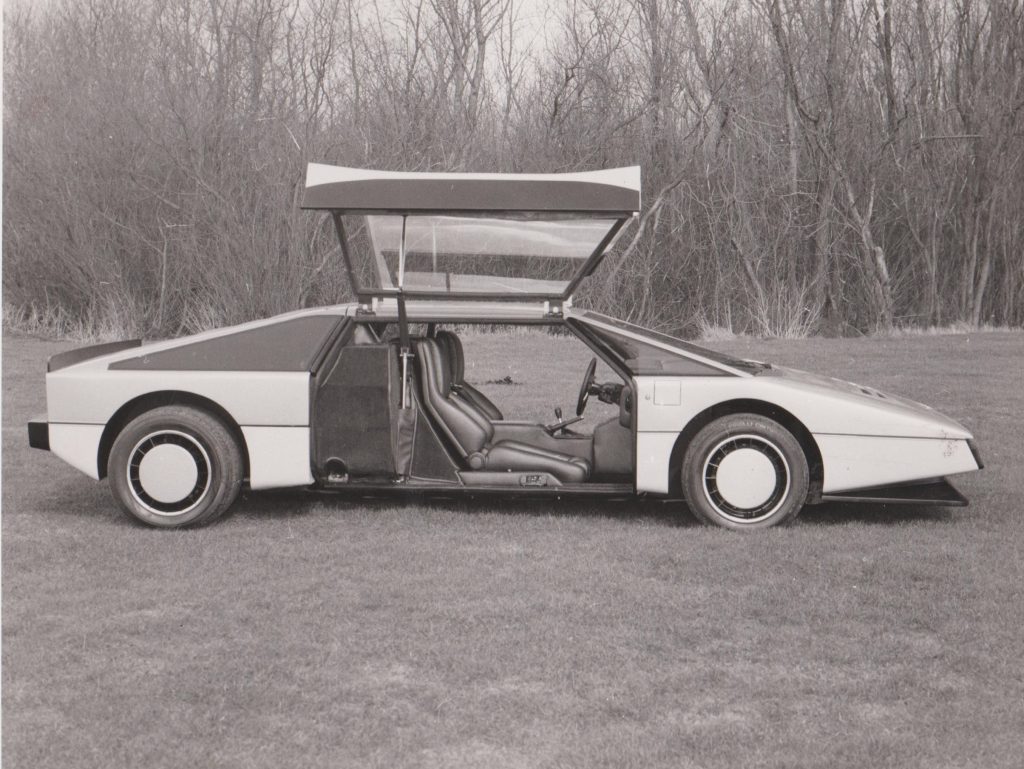
Aston Martin Bulldog
Work commenced on Project K.109 (later shortened to K9) in 1978 under the aegis of chief engineer, Mike Loasby, only for it to stall after he jumped ship to DeLorean. The scheme was reanimated a year later under special projects manager, Keith Martin, and development engineer, Steve Hallam. The end product was a twin-turbo V8-equipped, Towns-styled supercar that prompted jaws to drop in 1980.
Did you know? Plans to build 25 cars came to naught. Towns labelled the Bulldog ‘…a spectacular ball up.’

Hustler
Strictly speaking, there was more than one Hustler. Even Towns himself wasn’t entirely sure how many permutations came to market, but he reckoned it was more than 70. What began as a design for Jensen Special Projects in the 1970s morphed into a staple of the British kit car industry during the ’80s.
Did you know? While most Hustlers employed Mini or BMC 1100/1300 running gear, there was an amphibious model based on an Argocat.
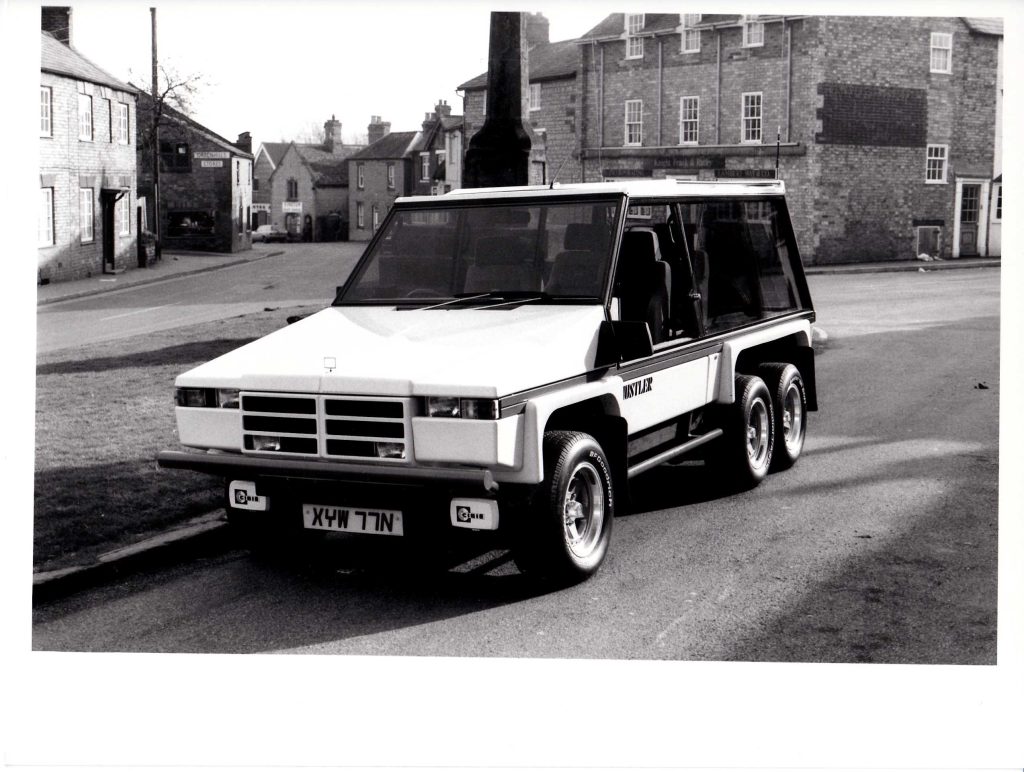
Hustler Highlander
We couldn’t resist slipping another Hustler in, not least because it stood apart from the others. For starters, the Highlander six-wheeler accommodated Jaguar XJ-series running gear and a V12 twin-cam unit. Despite appearances to the contrary, it wasn’t huge. It shared a similar footprint to a Rover SD1.
Did you know? Some sources insist only one Highlander was made, others that as many as eight were made.
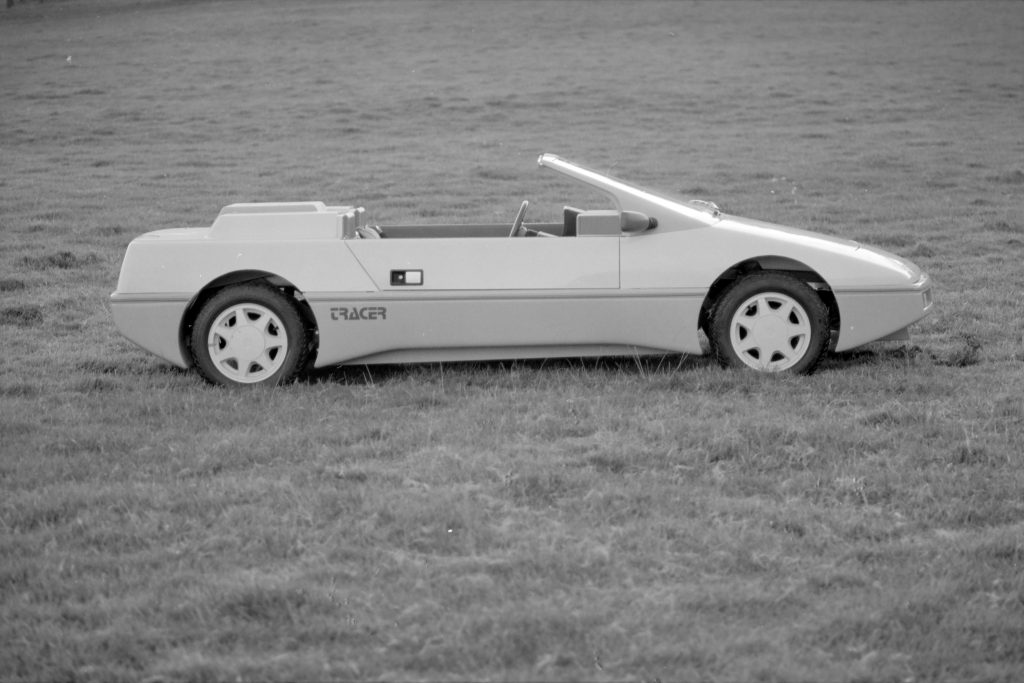
TXC Tracer
First seen in 1986, this wedge-shaped roadster represented Towns’ take on how a modern-day MG Midget might appear. Not so much in terms of styling, more its simplicity. This door-less concept also shared similarity with the Midget in that it too employed an A-series engine. It was sited amidships, running gear having been appropriated from the MG Metro.
Did you know? A second prototype was built subsequently. It had half doors and pop-up headlights.
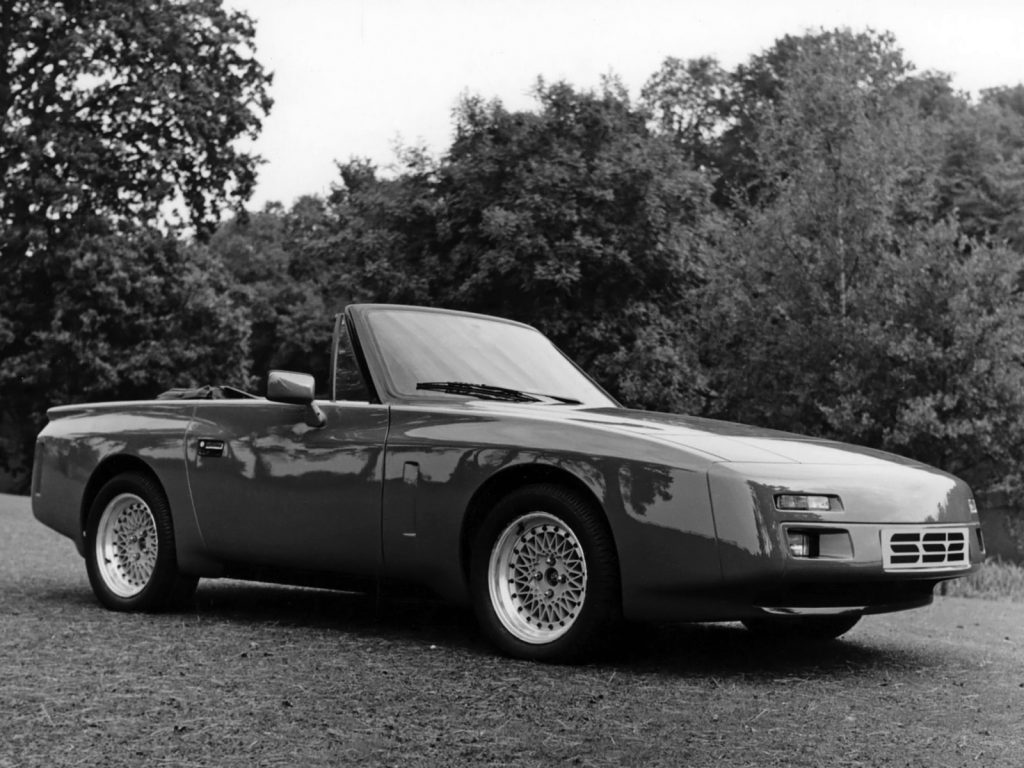
Reliant Scimitar SS2/SST
The original Giovanni Michelotti/Tateo Uchida-styled Scimitar SS1 was a better car than history has painted it, but its styling polarised opinion. Towns was tasked with a restyle while maintaining the hard points. His original SS2 design featured blistered arches but it wasn’t adopted for production. The more sober-looking SST design was.
Did you know? Towns also offered his own-brand brand SS2-style body kit for the Scimitar under the Target banner.
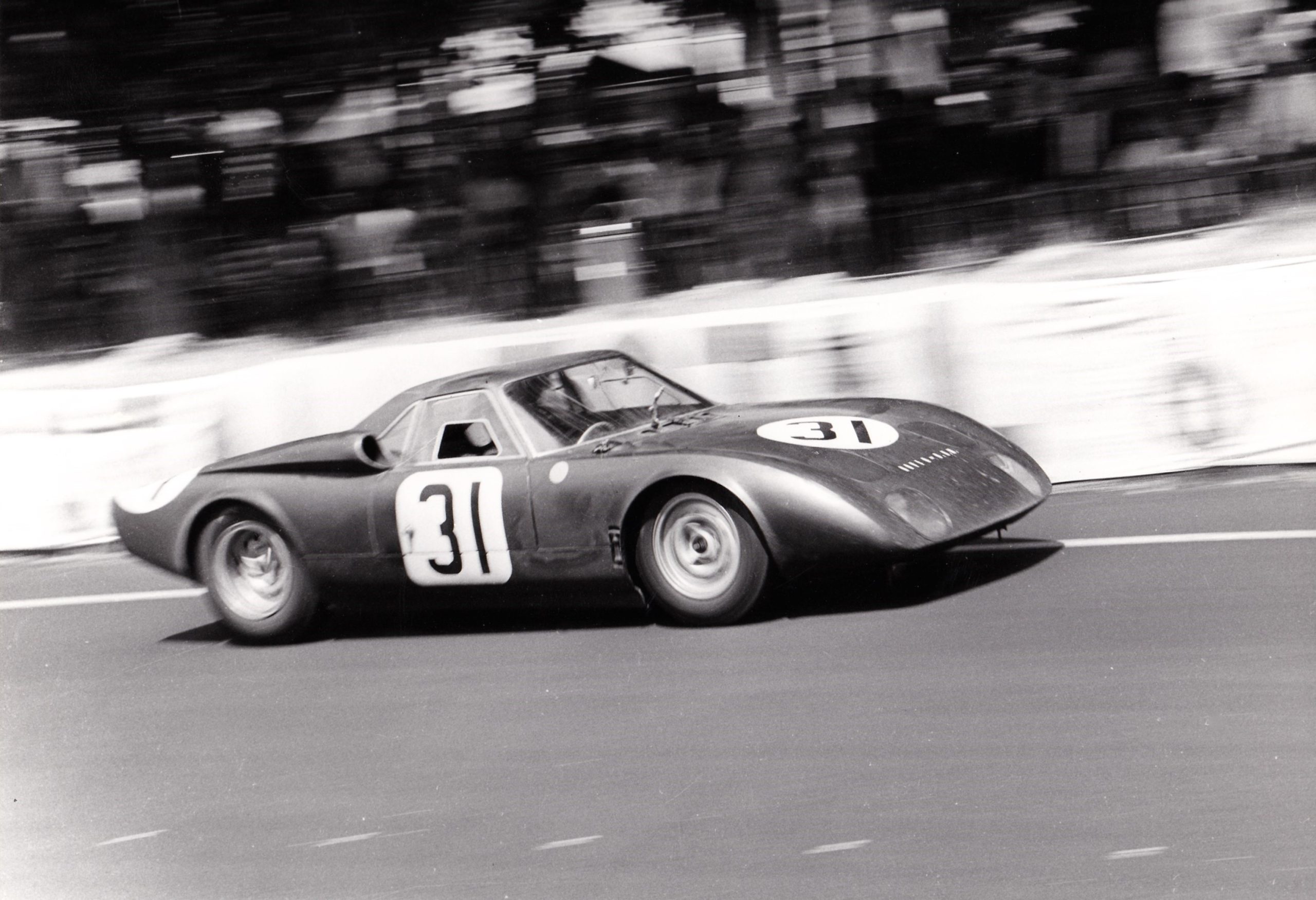
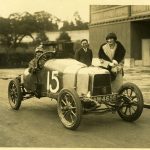


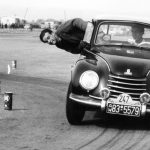
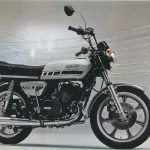
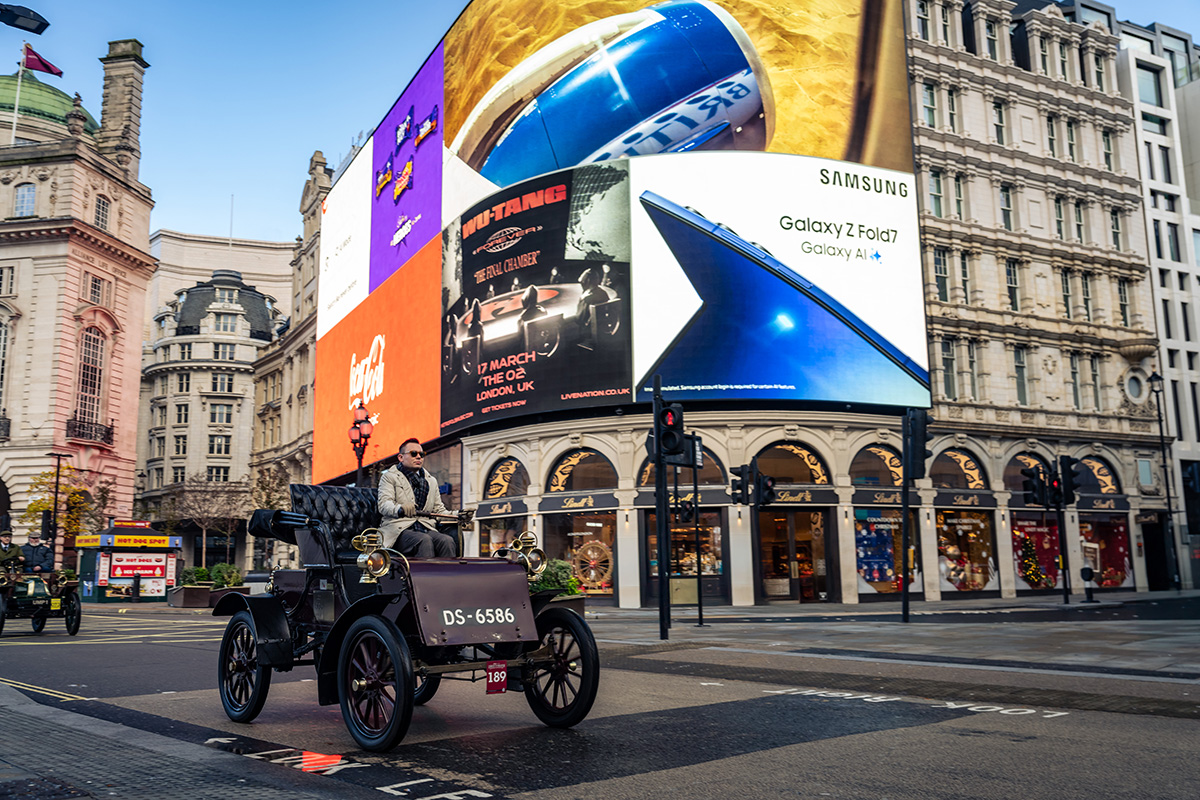


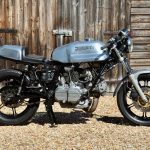
Nice article – and always good to read more about William Towns’ work. One small observation regarding the Highlander build numbers. Certainly at least two were made: XYW 77N as pictured here and one more that I know of – still an unfinished kit, supplied in cream & brown to mirror the colour scheme on the earlier/smaller Huntsman demonstrator. Currently in a private collection not far from Gaydon. So, certainly more than one Highlander was produced … but probably less than eight. I would suspect these two represent the entire production run of Highlanders… but may still be proven wrong.